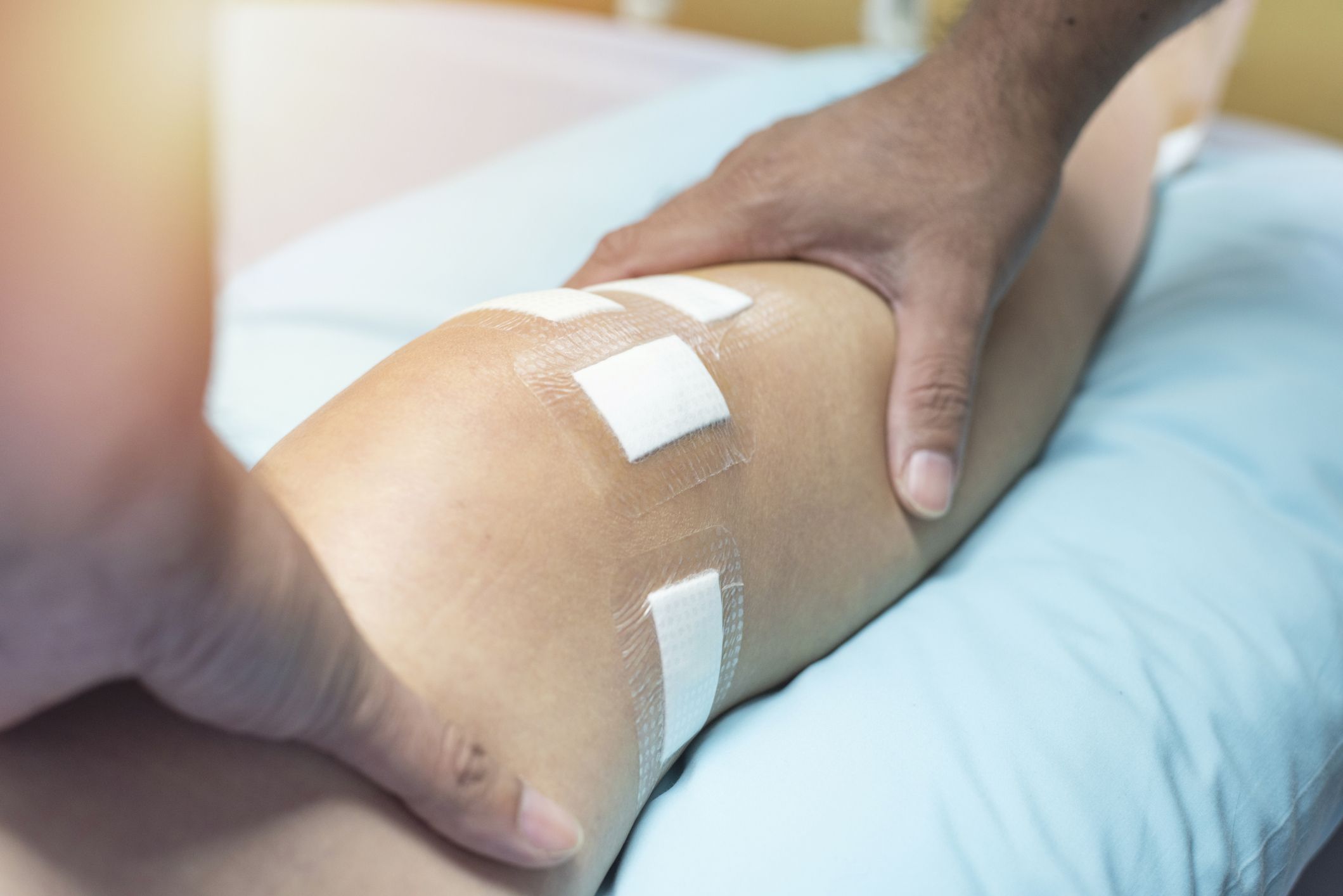ACL Surgery
The ACL, or anterior cruciate ligament, is one of the key ligaments in the knee that helps stabilize the joint. ACL injuries are among the most common and serious knee injuries in sports, especially among athletes who play sports that involve sudden stops, jumps, or changes in direction like soccer, rugby, American football, basketball, handball, hockey and skiing.
Whether you’re a professional athlete, a weekend warrior, or a physically active person, tearing your ACL can be a life-changing setback. This guide explains everything you need to know about ACL surgery, from diagnosis to full recovery and return to sport.
What is an ACL surgery?
The ACL is one of four major ligaments in the knee and is responsible for stabilizing the joint during movement. An ACL tear often occurs during activities involving:
- Sudden stops or pivots
- Rapid direction changes
- Jumping and landing awkwardly
- Contact sports like football, basketball, or rugby
ACL surgery is a procedure to reconstruct or replace a torn ACL. It is not typically repaired with stitches because the ACL does not heal well on its own. Instead, surgeons usually use a graft, a piece of tendon taken from another part of the patient’s body (autograft) or from a donor (allograft), to build a new ligament.
Symptoms of an ACL Tear
Common signs of a torn ACL include:
- A loud “pop” at the time of injury
- Immediate swelling and pain
- Instability or the feeling of the knee “giving out”
- Limited range of motion
Do you need ACL surgery?
Not everyone with an ACL tear needs surgery. However, ACL reconstruction surgery is usually recommended for:
- Athletes who want to return to competitive sports
- People with a complete ACL tear who want to return to high-level physical activity.
- Active individuals with a physically demanding lifestyle
- People with multiple knee injuries (e.g., meniscus tear or MCL damage)
- Those who experience ongoing knee instability
What happens during ACL reconstruction?
ACL reconstruction surgery is a minimally invasive procedure:
- Small incisions are made around the knee.
- A tiny camera is inserted to guide the surgeon.
- The torn ligament is removed. The damaged/torn ligament is removed.
- A new ligament (graft) is created using either your own tendon (autograft) or a donor’s (allograft).
- The graft is placed into position and fixed with screws or other devices.
- The knee is then closed and bandaged.
The procedure typically takes 1 to 2 hours, and most patients go home the same day. Most surgeries are done arthroscopically, which means smaller incisions, faster healing, and less pain.
ACL surgery recovery timeline
Recovery from ACL surgery involves months of physical therapy to regain strength, flexibility, and function. The road to recovery takes time, effort, and discipline. A typical ACL surgery recovery process includes:
- Weeks 1 – 6: Focus on reducing swelling, regaining range of motion, and gentle strengthening.
- Week 1 – 2: Reduce swelling, restore basic movement, begin gentle exercises.
- Week 3 – 6: Regain full range of motion, start light strength training.
- Month 2 – 4: Increase strength, balance, start more functional movements and continue physical therapy.
- Month 4 – 6: Begin sports-specific training and functional exercises.
- Month 6 – 12: Return to full sports activity, depending on progress and doctor’s advice.
Pro tip: Most athletes return to sport 9 to 12 months post-surgery, but full ligament healing can take up to 12 months or longer.
Tips for a successful recovery
- Follow your rehabilitation plan strictly.
- Work with an experienced ACL professional.
- Focus on proper nutrition, rest, and mental recovery.
- Avoid rushing back into sports too soon. Re-injury rates are higher in those who return before the knee is fully healed.
Risks and complications
Like any surgery, ACL reconstruction comes with some risks, including:
- Infection
- Blood clots
- Knee stiffness or long-term pain
- Graft failure or re-tear
- Decreased performance if rehab is incomplete
Working closely with your surgeon and physical therapist helps reduce these risks!
Long-Term outlook
With proper surgery and rehab, many athletes return to their pre-injury performance level. Some even come back stronger, having addressed muscle imbalances and weaknesses during recovery.

Final thoughts
ACL surgery offers the best chance to restore knee stability and return to an active lifestyle. If you’re an athlete or physically active person dealing with an ACL injury, talk to a ACL professional about your options. For the best results, commit fully to your recovery process, trust your healthcare team, and be patient. A safe, strong comeback is possible!
Conclusion
ACL surgery can restore stability and function to the knee, allowing many people to return to their normal activities or sports. A successful recovery depends not just on the surgery itself, but on dedication to rehabilitation and proper care of the knee afterward.
Advice from Team ACL
Ultimately, it is important that you always follow the advice of your ACL Professional (doctor or physical therapist) with whom you are working.
Looking for products for your recovery? Then check out this webshop.

